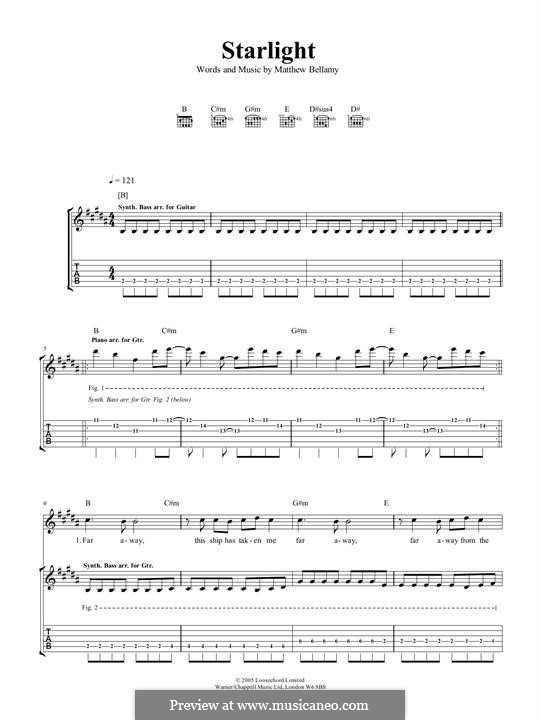

If we applied that here, the form might look something like: Now, if this was a classical piece, we'd probably disregard the introduction as a formal structural letter. (Plus the various instrumental/vocal colors on different repetitions.) Great way to keep "coming home" without fatiguing the ear. I like how (harmonically speaking) we get a nice healthy dose of "B" at the beginning (5 times), but in subsequent repetitions, we get 2 times, then 1 time. Next, let's look at the above in a more compressed way:Ĭ C C (last chord of last "C' altered to a V7 of "A")Ĭ C C (last chord of last "C" altered to a V7 of "B") (Below, I've placed a letter representing the harmonic sequence (changes) in front of David's detailed analysis):Ī Intro Drum groove, bass playing root note.ī Piano riff Chord progression, piano melodyī Verse Piano stops, voice enters.Ĭ Pre-Chorus synth arpeggios, heavy guitarĬ Chorus clean guitar, no drums, lower and softer synth arpĬ Chorus + heavy guitar and drums build up + oooh backup vocalsī Verse + different guitar melodyĬ Chorus + heavy guitar + synth arpĬ Chorus + heavy guitar + synth arp + oooh backup vocalsī Piano riff + slightly different voice melody (I'm doing this rather quickly so let me know if I've made any mistakes.) By combining the two analyses, I think we can see both the detail of the surface of the music, and, the wonderful economy of the harmony. Whenever a song catches my ear, I try to diagram it to help me figure out its "secrets." Just for the fun of it, I took your detailed analysis and tried to reduce it to (only) a harmonic sequence. and there's only so many repeated bars you can stand! Some of my favorite "pop" tracks have definition sections or parts, but might have the same riff / rhythm going from start to finish but if the hook sounds good. But I think composition can be overly simple, and overly complex.

I like this song breakdown, it would be interesting to look at several "pop" artists and see just how close the formula becomes egĪnd I'm guilty of the generic structure myself (hey whatever works), and that said sometimes overly complex or ambitious structure, while intellectually compelling simply doesn't sound good.
STARLIGHT MUSE FULL
but Logic is geared towards full music composition as well as general audio engineering). (No offense intended to the sound guys n gals. but without it you are just a "sound guy".
STARLIGHT MUSE MANUAL
Structure and songwriting are things you won't find in the logic reference manual or the course. Great stuff! What a welcome surprise this forum was to find when I logged in today.


You'll notice a successful arrangement is always a careful balance of repetition and bringing new elements.Ġ0.00 to 00.08 Intro Drum groove, bass playing root note.Ġ0.08 to 00.24 Piano riff Chord progression, piano melodyĠ0.24 to 00.40 Verse Piano stops, voice enters.Ġ0.56 to 01.12 Piano riff + voice melodyĠ1.12 to 01.27 Verse + guitar melodyĠ1.27 to 01.43 Pre-Chorus synth arpeggios, heavy guitarĠ1.43 to 01.59 Chorus clean guitar, no drums, lower and softer synth arpĠ1.59 to 02.15 Chorus + heavy guitar and drums build up + oooh backup vocalsĠ2.22 to 02.38 Piano riff + voice melodyĠ2.38 to 02.54 Verse + different guitar melodyĠ3.10 to 03.26 Chorus + heavy guitar + synth arpĠ3.26 to 03.42 Chorus + heavy guitar + synth arp + oooh backup vocalsĠ3.42 to END Piano riff + slightly different voice melody


 0 kommentar(er)
0 kommentar(er)
